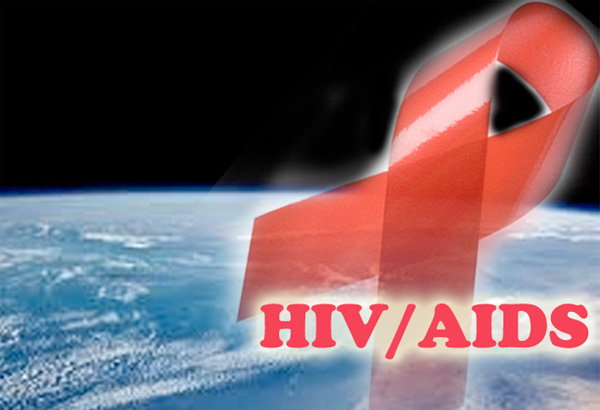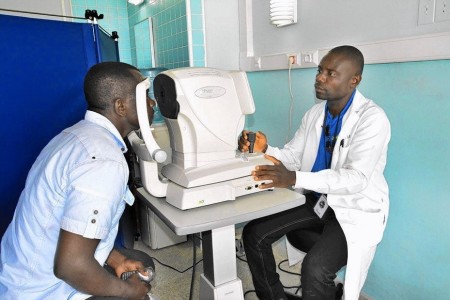HIV/AIDS recorded in June Highest ever- MANILA, Philippines: The highest record of new cases of human immunodeficiency virus and acquired immune deficiency syndrome HIV/AIDS recorded in June reaches 772, 56 percent higher than the number of cases recorded in the same period last year.
Sixty two people with HIV/AIDS were recorded in June, reported died and 98 percent of those who died were men. But the highest mortality occurred in the 25-34 years age group, according to the report. Majority of those who died were infected through sexual contact 31 of them engaged in male-to-male sex.
38 percent of the HIV/AIDS recorded cases, were from Metro Manila; Calabarzon, sixteen percent; Davao Region, eight percent; Central Luzon, eight percent and Western Visayas, six percent. Since 1984, there are already 26,456 HIV cases recorded in the country, including 2,287 Aids cases and 1,274 deaths.
Homosexual contact was responsible for 393 HIV/AIDS recorded cases followed by bisexual contact with 268 cases and 76 cases from heterosexual contact and eight cases for drug injection use. There are 64 new cases were reported among overseas Filipino workers (OFWs) with all but one coming from sexual transmission.
Last May, DOH conducted nationwide HIV free voluntary screening. Health Secretary Janette Garin attributed the surge in the incidence of HIV in the country.
The human immunodeficiency virus (HIV) is a lentivirus (a subgroup of retrovirus) that causes HIV infection and acquired immunodeficiency syndrome (AIDS).AIDS is a condition in humans in which progressive failure of the immune system allows life-threatening opportunistic infections and cancers to thrive. Without treatment, average survival time after infection with HIV is estimated to be 9 to 11 years, depending on the HIV subtype. Infection with HIV occurs by the transfer of blood, semen, vaginal fluid, pre-ejaculate, or breast milk. Within these bodily fluids, HIV is present as both free virus particles and virus within infected immune cells.
Many HIV- positive people are unaware that they are infected with the virus.For example, in 2001 less than 1% of the sexually active urban population in Africa had been tested, and this proportion is even lower in rural populations.Furthermore, in 2001 only 0.5% of pregnant women attending urban health facilities were counselled, tested or receive their test results. Again, this proportion is even lower in rural health facilities.Since donors may therefore be unaware of their infection, donor blood and blood products used in medicine and medical research are routinely screened for HIV cells in the human immune system such as helper T cells (specifically CD4+ T cells), macrophages, and dendritic cells.HIV infection leads to low levels of CD4+ T cells through a number of mechanisms, including apoptosis of uninfected bystander cells, direct viral killing of infected cells, and killing of infected CD4+ T cells by CD8 cytotoxic lymphocytes that recognize infected cells.When CD4+ T cell numbers decline below a critical level, cell-mediated immunity is lost, and the body becomes progressively more susceptible to opportunistic infections.
National HIV Testing was aimed at encouraging more people at risk males having sex with males and injecting drug users to get tested so that they would know their status and subsequently benefit from the free antiretroviral (ARV) therapy offered in 19 treatment hubs across the country.IMAGE/www.philstar.com





